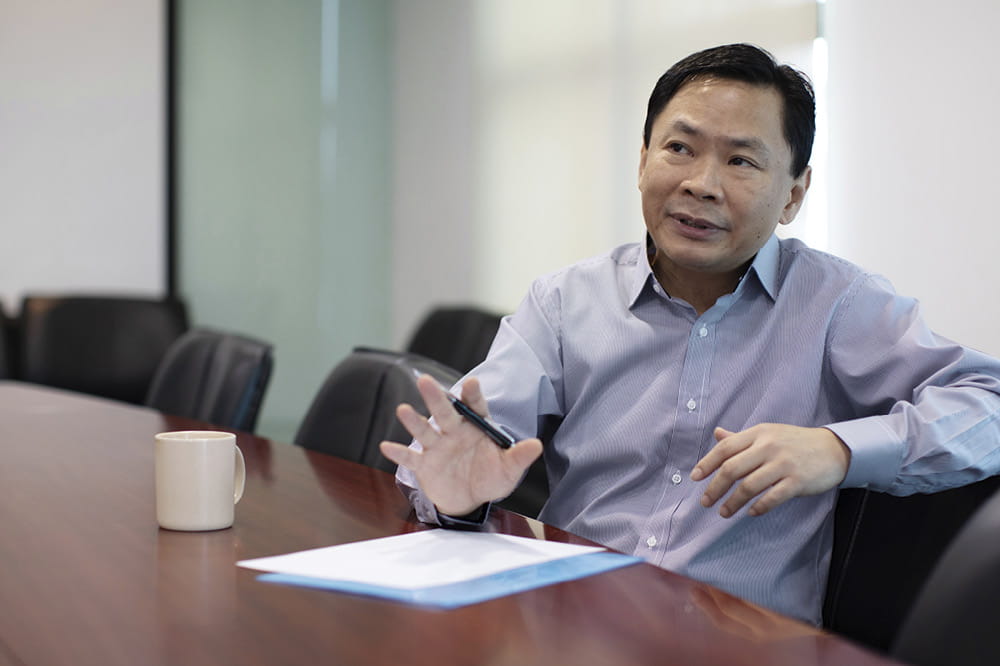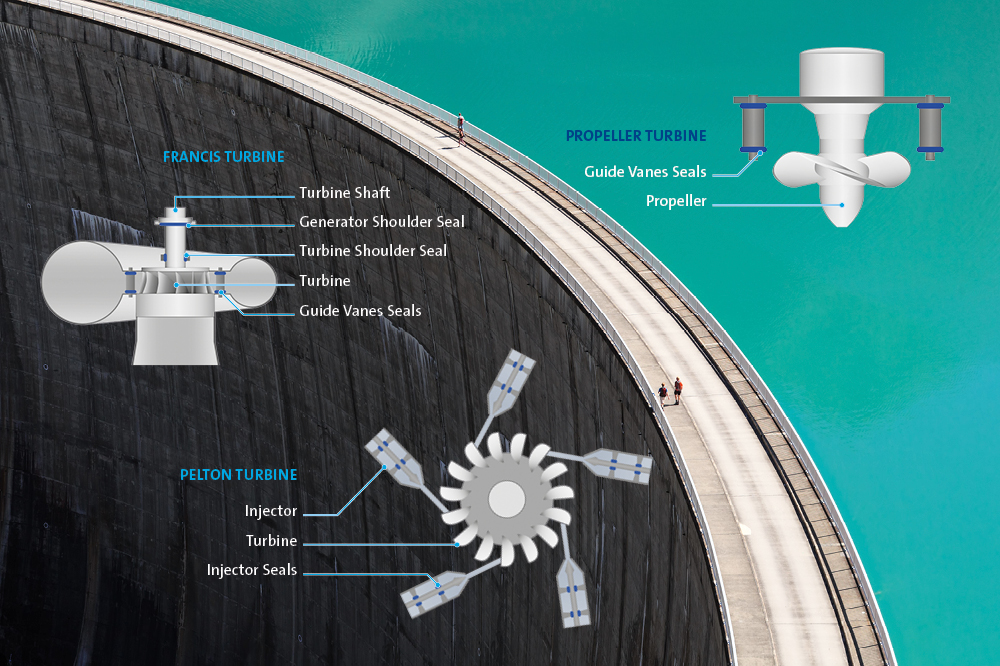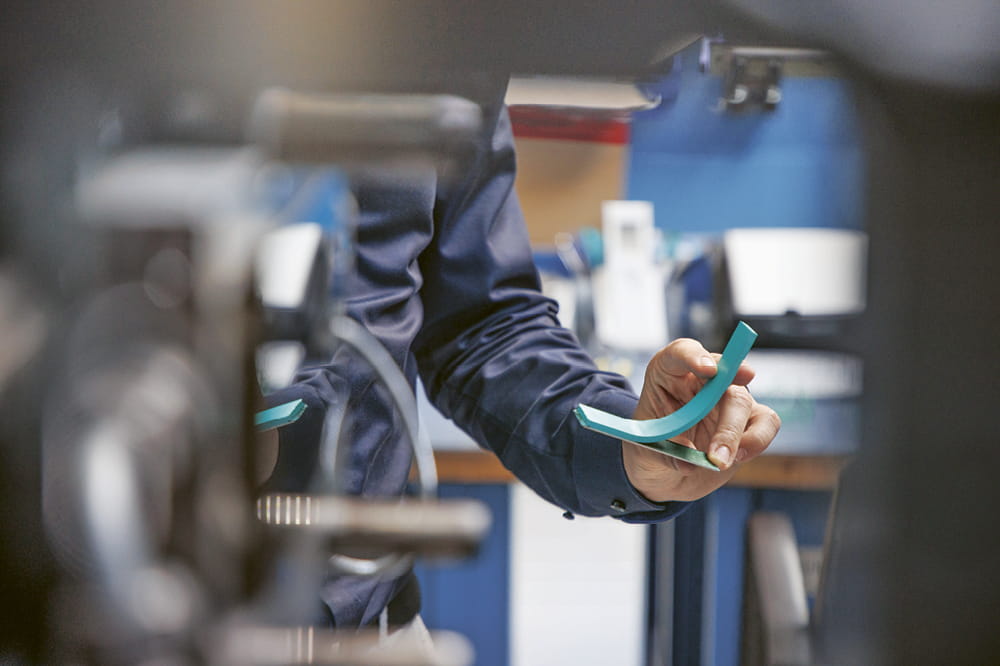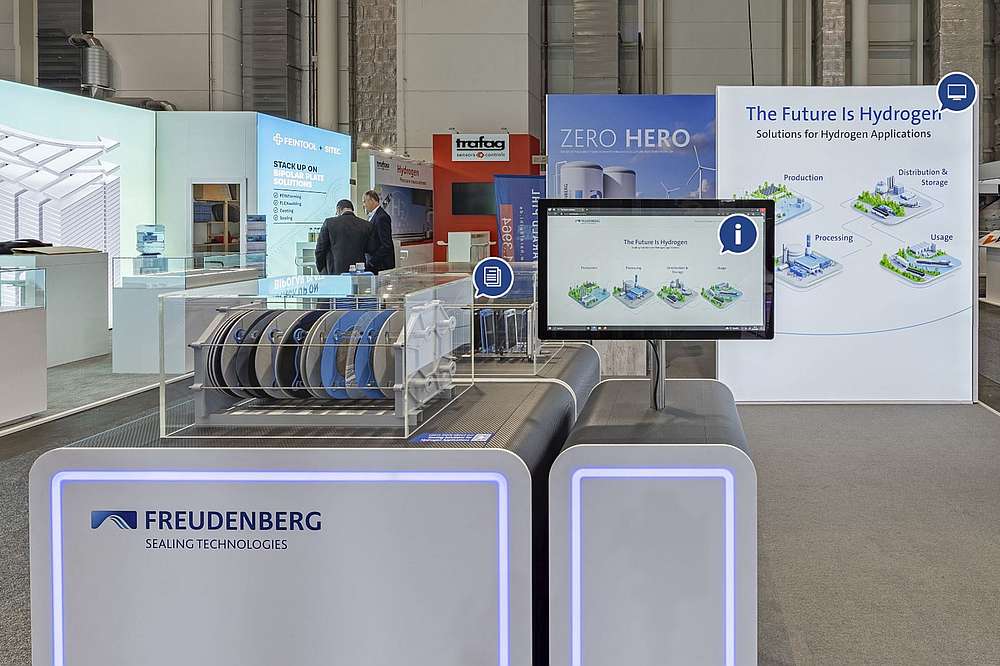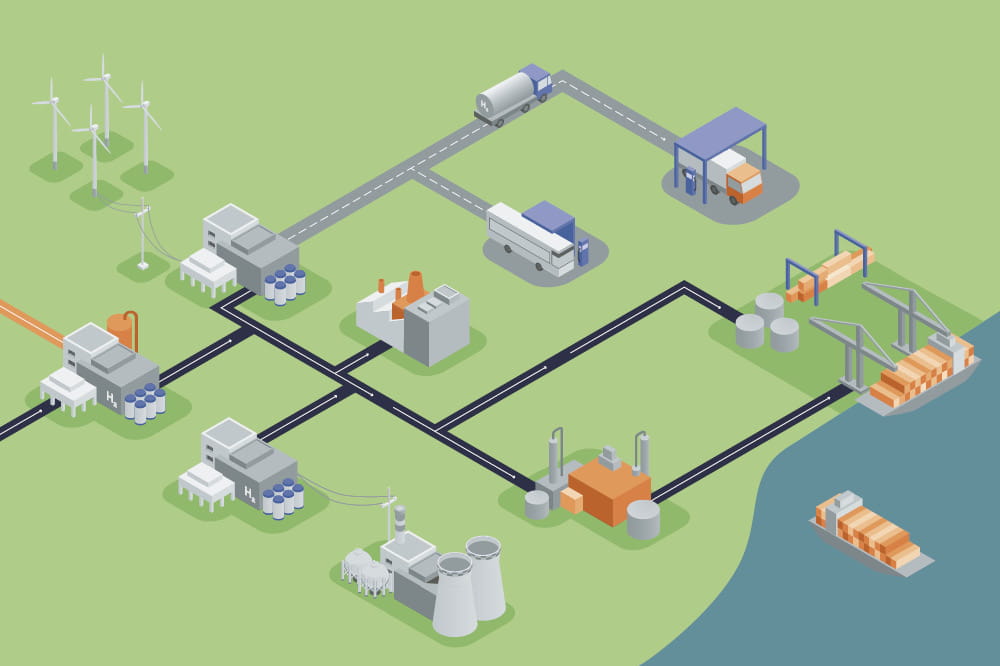Obtain news and background information about sealing technology, get in touch with innovative products – subscribe to the free e-mail newsletter.

13.02.2024 | Story
The Foods of Southeast Asia
Upheaval in the food industry. Rising prosperity, growing populations and climate change are leading to more processed foods, higher risks for agriculture, and greater inequality.
Rice and fish. These two foods have been the foundation of Southeast Asian nutrition for centuries and remain so today. Out of the roughly 160 million tons of fish and other seafood consumed each year worldwide, Asia accounts for about three-quarters of the total, even though it only represents about 60 percent of the world’s population. And rice meets about half of the caloric needs of Southeast Asians. The region’s levels of consumption are appreciably higher than those in China and Korea. With its emphasis on rice, fish and other seafood, the region’s eating habits have been highly stable for hundreds of years.
A Region of Contrasts
And yet there have been massive changes. Here Southeast Asia is again a region of contrasts. On one hand, there is more food available than ever before. According to the Asian Development Bank (ADB), every country in the region (with the exception of Cambodia), averages more than 2,500 calories per inhabitant. (Germany comes in at about 3,500 and the United States at about 3,800 calories.) Especially in Vietnam, Laos and Myanmar, the figure has risen dramatically over the past 20 years. The population not only has more food available – it is higher-energy, more convenient food. With the rapid growth of a prosperous middle-class, the demand for prepared meals and highly processed foods has increased. As early as 2035, the region’s food industry expects to reach a level of sales common in advanced industrial nations.
This in turn increases the risks from unhealthy foods containing too much fat and sugar. But the awareness of – and interest in – healthy nutrition is growing among the educated middle-class. This is especially clear from beverage industry figures. Medical recommendations for the minimum consumption of fluids have only been part of a public discussion for several years, but they have taken hold in several countries. This has increased the sales of bottled beverages. Consumers are also buying more bottled water due to a lack of trust in public sources of drinking water. Tastes and habits are changing as well. Global food and beverage brands are making inroads. Among other foods, the consumption of dairy products has risen considerably. These products have not traditionally been part of the Southeast Asian diet, but many governments are promoting and subsidizing them heavily for health reasons. The consumption of coffee and international brands of alcoholic beverages has grown as well.
Climate Change as a Risk Factor
Still, a relatively high share of the region’s population continues to live in poverty, sometimes with too little to eat. There is often a contrast between cities and the countryside. In Vietnam, for example, a higher percentage of city-dwellers consumes highly processed foods, with a 10-point difference in the share of these foods in their diets compared to rural residents. The highly processed foods represent 40 percent of the urban diet versus 30 percent in the countryside. This is related to the increase in prosperity. It is one of the region’s paradoxes that the farm sector will continue to depend on a workforce from an economically disadvantaged social class.
Climate change is another factor: Rising sea levels are salinizing and muddying soil that has been fertile until now. Droughts and typhoons have led to crop failures. This is increasing the pressure on the local food industry, which is being asked to produce more for a steadily growing population and meet the demand for basic nutrition. It is clear that there is a growing need for industrial farming, technological innovation and greater efficiency in the food industry. The region has certainly made considerable progress in rice production in recent years. (Southeast Asia not only consumes great quantities of rice – it is responsible for 40 percent of the crop's global exports.) But experts are already warning that Indonesia and the Philippines will soon be unable to produce enough rice to feed their populations. The situation in aquaculture seems to be similar. Four ASEAN countries are among the world's top 10 fish exporters: Indonesia, Vietnam, Thailand, and the Philippines. The segment is expected to continue to grow, but rising sea temperatures pose a risk. Rice and fish are still important as basic foods but will not be sufficient in the future. So, a change in eating habits could prove helpful.
More Stories About Food & Beverage
More news on the subject Sustainability

Join Us!
Experience Freudenberg Sealing Technologies, its products and service offerings in text and videos, network with colleagues and stakeholders, and make valuable business contacts.
Connect on LinkedIn! open_in_new


